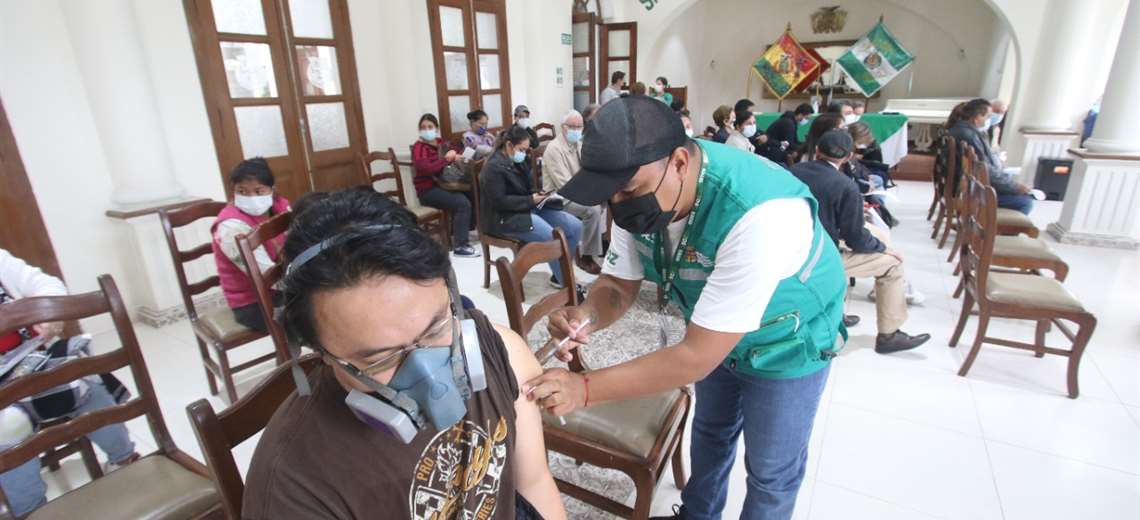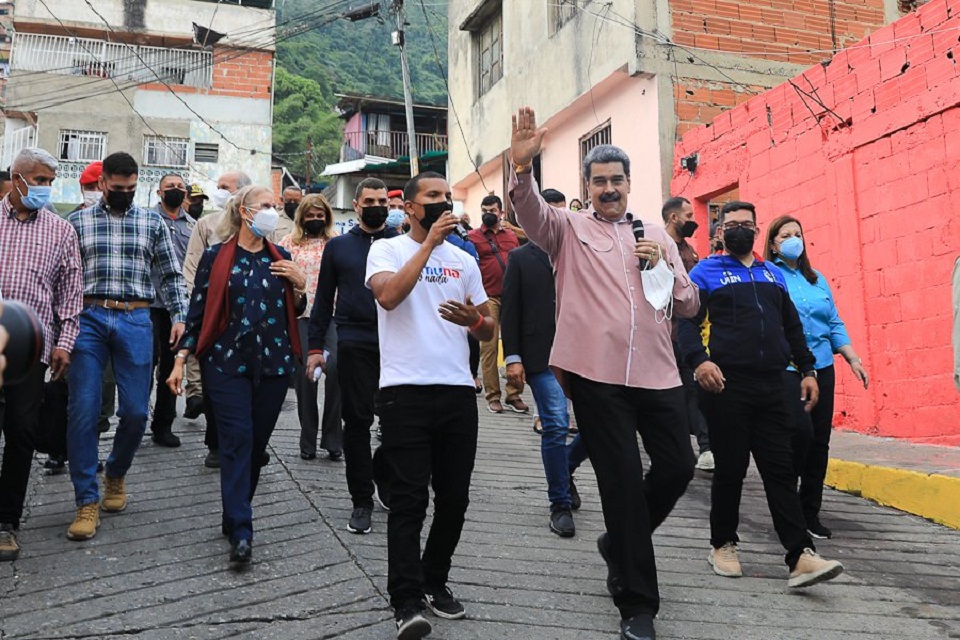the prolific manager Martin Farina premieres this Thursday his new documentary “The Glare”a kind of personal and almost capricious essay on the relationship between the countryside and the Gualeguaychú carnival, which he filmed without prior intentions and which he ended up shaping according to the sensations that surfaced in him.
“There is no ‘human’ preparation, in the sense of ‘spiritual’, for this type of popular event. As I propose this hypothesis, I understand that it is related to something of the everyday and the symbolic universe that I was able to observe in my protagonists and that does not necessarily mean the spirit of the carnival itself,” Farina told Télam.
In his new film, the eighth of his filmography, the filmmaker enters the world of the countryside, the work and that “bucolic” landscape where the harshness of work coexists with the delicacy of nature. On the other side of the river, in the town, the comparsas are prepared to give rhythm and color to the Entre Ríos summer. The director of “Fulboy” draws a parallel between both worlds, although all the time he clarifies that it is something that he put together in editing and that it is only his -artistic- vision of that clash of moments.
The tape dispenses with the dialogues. Everything is said through sound or looks, as if the importance of external events, whatever they were, was only housed inside each of the protagonists. The exterior is just an excuse to get into them and experience every moment of the carnival and life in the countryside in their own personal way.
“In general, I don’t work with previous ideas about what I’m going to sign or what I’m going to do. I mean, when I saw the work these guys were doing in the field, I automatically resignified what I had experienced with them at the carnival and I It seemed that it was plausible to work from that hypothesis”Martin Farina
The filming itself lasted three years.divided into two parts: first he dedicated himself to filming the carnival and its days, after which he began to accompany the protagonists to their “different outdoor activities”.
“This process -he explained- allowed me in the months in which I was not filming, to interpret and reinterpret the material with which I had been working to see if this hypothesis that I had raised about making an introspective journey took place, which has to do with the work of animal slaughter, thought from a somewhat mythological and/or spiritual connection… towards the most collective expression of popular dance in the carnival”.
Télam: How do you live that time of illusion of a year of work to get to the event?
Martín Farina: That time of illusion that you propose between the annual work in the field and its subsequent consecration could be something that arises as a result of my assembly work. there is no such kind of preparations in relation to the carnival. This idea is a proposal exclusively from my imagination or at least from what I could see and what I tried to capture. In general, I don’t work with previous ideas about what I’m going to film or what I’m going to do. I mean, when I saw the work that these kids were doing in the fields, I automatically resignified what I had lived with them in the carnival and it seemed to me that it was plausible to work from that hypothesis.
T: Do you think that carnival is the moment of relaxation or that you work all year round precisely to arrive in shape (physically, mentally, etc.) to meet them?
MF: I think they are two different worlds. In this case, the characters that I decided to observe in particular were related to these two facets of life in Gualeguaychú, but the world of carnival is not necessarily related to this other world of the countryside. Undoubtedly, carnival is a moment of relaxation or a moment of relaxation that has to do with the rites of each town, but that in the bonding aspect is not linked to the proposal that I make in relation to the countryside. The carnival has its own dynamic where each of the young people who participate prepare in the gym and do activities to be better physically, but there is no direct relationship with the work in the fields.
T: It can be interpreted that the carnival is like an oasis in which everything is lived like a dream and that many things stay there and others leave.
MF: As you say, I think there is the possibility of interpreting this link between the countryside and the carnival from dreams. It is even a recurring phrase. Although I believe that in those types of expressions, in the dream there is nothing behind. They pose something rather superficial or touristy. In the sense that I tried to work the film, and the montage, the oneiric dimension seems to me to have a little more specific weight in terms of the materiality with which dreams operate. The projections. The wishes. I think there is something to that. Because precisely from country life, in this case as a metaphor or as a possibility of seeing it in counterpoint, the dream is a vector of identification between the world of the countryside and that of the carnival.









